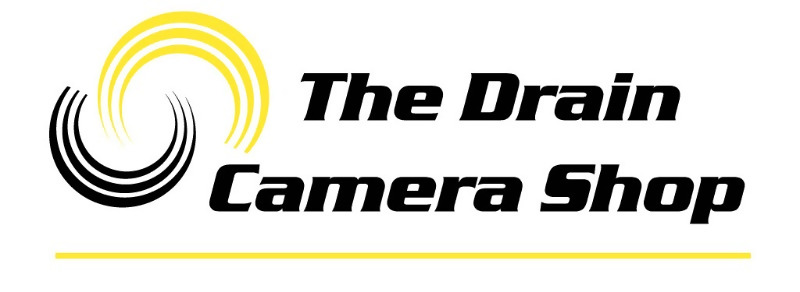
Pipeline inspection robots are a way to visually analyse the inside state of very narrow sewer pipes and connection household pipes. Sewer lines made in previous generations with a small diameter of about 6 inches or 150 mm are constructed using sections of 3 feet (0.91 m). The segments of this pipe are formed with a variety of different materials. The cast iron type is built from 12 feet (3.7 m) to 20 feet (6.1 m) segments. However, these pipes are often constructed with a ceramic vitrified clay pipe (VCP) that come in sections of 3 feet (0.91 m), 4 feet (1.2 m), and 6 feet (1.8 m). These parts are connected by using bells, or an enlargement on the end of it.
Oftentimes the narrow diameter pipe will lead to a utility hole which then leads to a plant for water treatment, or to a pump station. So there is a whole system of pipes connected at the service hole location. A common problem with this is that roots of trees, or other plants can work their way into these connections and can break a hole into the pipe. This can cause a root ball to form which can stop the flow in the tube. To fix this problem, the source must be cleaned out, and a rodenticide must be used.

The Process of Inspection
To inspect damage to these pipes, video equipment is used. Thanks to modern technology this crawler camera method have developed in such a way that is non-destructive to the sewer line.
Crawler Camera Tractors
When pipeline inspection robots are used, the initial starting point can be from an access line that leads to the sewer than to the utility hole, or it can just run directly through service holes. To begin the inspection, the inspection truck is parked directly above the access line where the crawler camera will be deployed. Into the pipeline, the operator will lower a camera tractor. Once this crawler camera is inside the pipe, a piece of equipment called a downhole roller is placed between the cable reel inside the truck and the camera tractor. This stops any damage that can come from the cable rubbing on the pipeline. After this, the operator then gets to work from inside the truck, controlling the camera through the technology inside the vehicle. After the inspection job is finished, the cable tractor then winds up the cable, and the operator then pulls up the downhole roller, and everything is pulled into the truck. This method of using a tractor is beneficial in situations where there is a full obstruction in the pipeline that would prevent using other methods of inspection.
Retracting The Camera
When the diameter of the pipe is too small to use a tractor, a “fish” method is used to withdraw the camera. This “fish” goes into the tube and is connected to the truck by a rope. This fish places the line near the inspection cable, and it can pull the camera backwards while still inspecting the pipelines. This is useful for pulling the camera back inside the pipelines.
